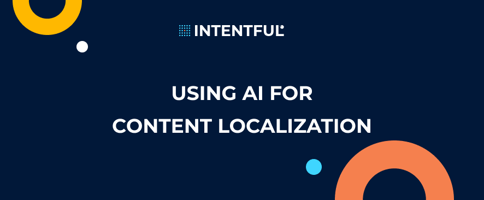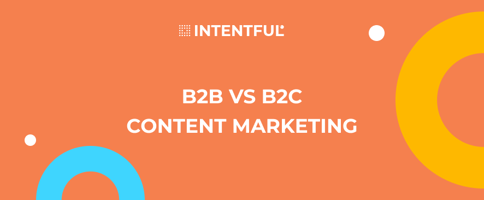Localization, translation, and transcreation are key terms used to describe a situation when a...
Content for Account-Based Marketing
Account-based marketing (ABM) is a strategic approach to B2B marketing that focuses on identifying, targeting, and engaging high-value accounts rather than a broader set of leads. By focusing on the most valuable prospects, businesses can optimize their resources and drive better revenue and return on investment (ROI) results. Working with a particular company or audience segment, one must address its specific needs and goals.
With ABM, content is essential to success. Businesses should craft messages that speak to their prospects' wants. In this article, we will explore the types of content that can be used for effective ABM and how to ensure it resonates with your target prospects.
Let's delve deeper and thoroughly examine the numerous advantages of ABM for businesses.
The Benefits of Account-Based Marketing
- Better collaboration between marketing and sales: Both departments work closely to identify, engage, and convert high-value accounts. This helps streamline the process and ensures that both teams strive towards the same goal, driving revenue.
- Personalized approach: ABM involves creating tailored campaigns and messages for each target account. This leads to a better customer experience and a higher likelihood of conversion.
- Improved ROI: By focusing on high-value prospects, businesses can optimize their resources and ensure that their efforts are directed towards brands most likely to drive revenue. This results in a better ROI for marketing campaigns.
- Shorter sales cycles: With ABM, the marketing and sales teams focus on fewer clients and prospects. This allows them to nurture these accounts more effectively.
- Better customer relationships: ABM enables businesses to gain a deeper understanding of their target clients and prospects, their needs, and their preferences. This knowledge helps build more robust and meaningful collaboration, leading to long-term business success.
The Types of Account-Based Marketing Content
Let’s look at some examples of ABM types of content and see how businesses can use AI to create it, ensuring efficiency.
- Sales enablement collateral to engage with accounts and deliver client-tailored experiences. Some examples include presentations, one-pagers, and booklets, all created for a particular account.
- Personalized email campaigns for each prospect to increase the chances of engagement.
- Direct mail campaigns targeting decision-makers at high-value companies you want to work with. They ensure you effectively reach and engage your most important prospects with personalized content and offers designed to address their needs and pain points.
- Using social media to target specific accounts with client-tailored content.
- Account-specific landing pages (combined with personalized messaging) to significantly boost conversion rates.
- Events — hosting or attending industry events where representatives of prospect companies are present and creating client-tailored experiences for them.
- Customized content creation for each target account to address their pain points and challenges.
- Influencers — partnering with industry influencers to create customized content for companies you want to work with.
- Account-based advertising or deploying targeted ads on various social media platforms, search engines, and other digital channels to engage specific companies, key decision-makers, and influential stakeholders.
- Personalized video campaigns for each account, showcasing an in-depth understanding of their unique needs and challenges and presenting solutions that demonstrate the value of your offerings. This ultimately leads to more robust engagement and fosters long-term relationships.
Incorporating ABM Into Your Marketing Strategy
To successfully implement ABM with their content marketing, businesses must follow a few key steps:
- Identify high-value accounts with the highest revenue generation potential. This can be done using various criteria such as company size, industry, location, and current customer base.
- Research and gather insights about the companies you want to do business with once the target accounts are identified.
- Develop personalized marketing campaigns based on the insights gathered, addressing each target company's unique needs and preferences. One should do that to engage and nurture the account throughout the buying journey.
- Align marketing and sales efforts so that both teams work in tandem and share information about the target accounts. Regular communication and collaboration between the two teams will help achieve better results.
- Measure and optimize: Like with any other marketing strategy, it's crucial to monitor the success of ABM campaigns and make necessary adjustments to improve their performance.

ABM is a powerful strategy that enables businesses to focus their efforts on the accounts that matter to them the most. Incorporating ABM into your marketing strategy can drive more revenue and create a more personalized and impactful customer experience.
But, it can be challenging to create content tailored to specific accounts. That’s why Intentful is here to help. Discover the future of content creation with Intentful. Our advanced technology will help you produce engaging and high-quality content considerably faster than before, allowing you to focus on what matters — growing your business.
Take the first step towards seamless and efficient content creation — contact our friendly team if you have any questions or need assistance. We're always here to help and guide you through your content journey.


